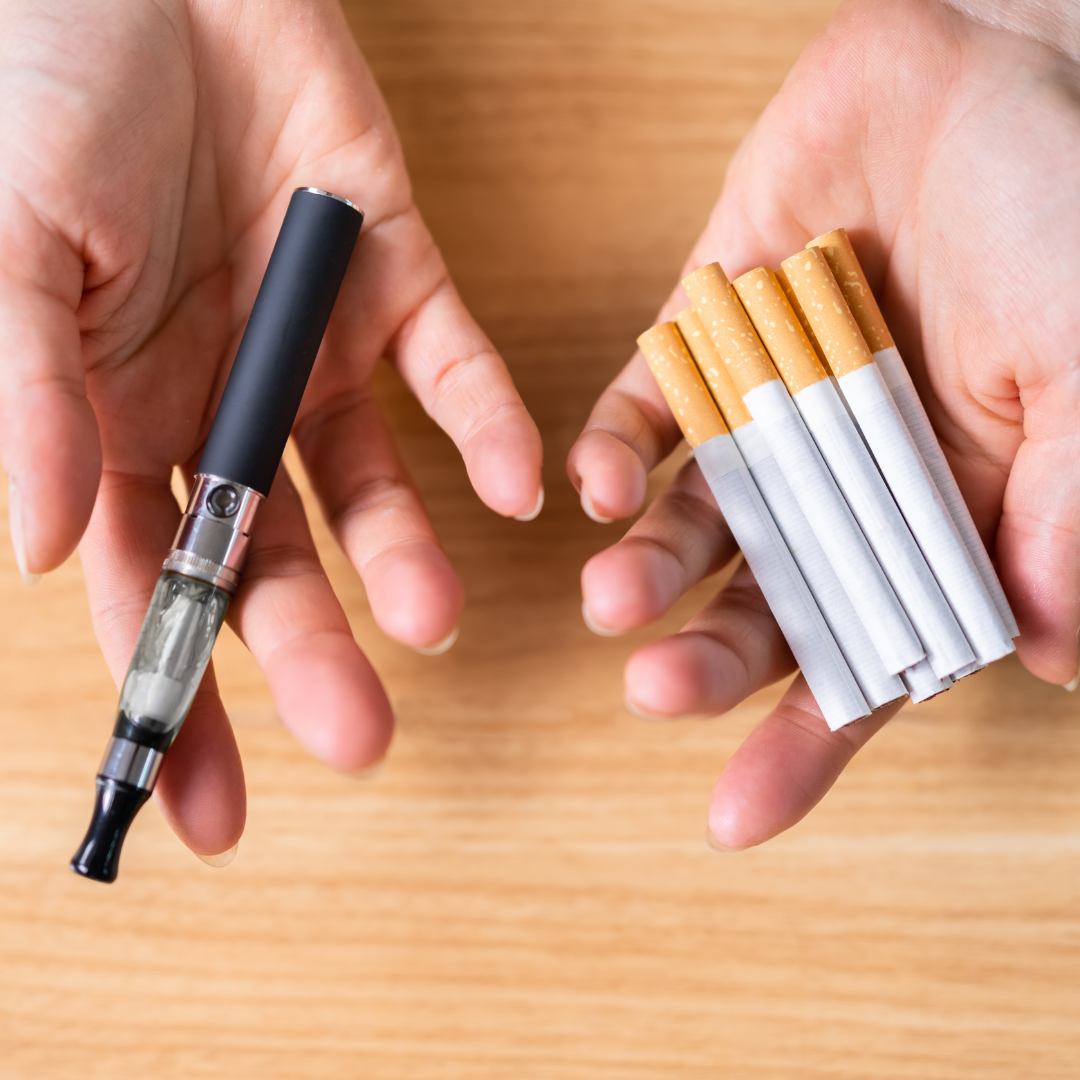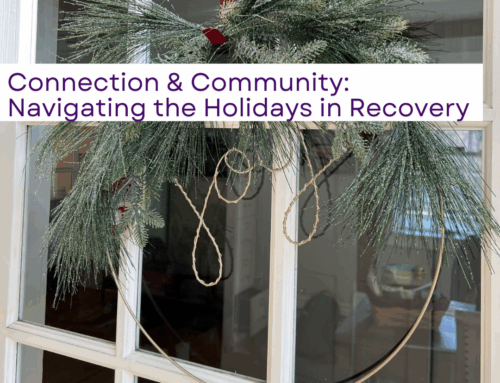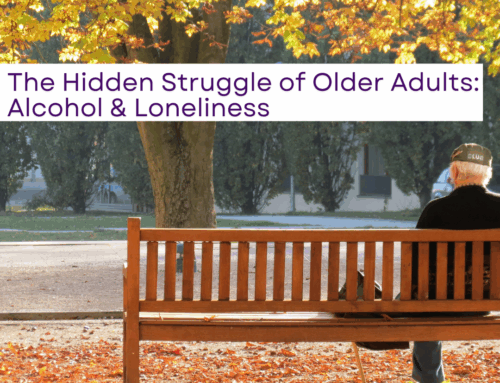
Navigating the teenage years can be challenging for both parents and adolescents. Among the many concerns parents face, substance use often tops the list. With changing laws, new products like vapes, and evolving social norms, staying informed about teenage substance use is more important than ever.
This post explores what parents, educators, and teens themselves should know about alcohol, vaping, and other substances that teenagers may encounter. Understanding the risks, recognizing warning signs, and knowing how to have effective conversations can make a significant difference in helping teens make healthier choices.
How Substances Affect the Teenage Brain
Before diving into specific substances, it’s crucial to understand why adolescents are particularly vulnerable. The teenage brain is still developing—especially the prefrontal cortex, responsible for decision-making, impulse control, and risk assessment. This development continues well into the mid-20s.
When teenagers use substances, they experience several unique risks. Their developing brains are more susceptible to long-term damage, and they’re more likely to develop addiction when exposure occurs early. The neurological pathways being formed during this time can be permanently altered, and decision-making abilities may be compromised during a critical developmental period.

Research consistently shows that the earlier substance use begins, the higher the risk of developing substance use disorders later in life. This biological reality underscores why prevention and delay tactics are so important.
Alcohol Use During Adolescence
Despite changing trends with increases in cannabis and vape usage, alcohol remains the most widely used substance among teenagers. According to recent surveys, by their senior year, approximately 55% of teens have consumed alcohol at least once.
Health Risks for Teens
Alcohol affects teenagers differently than adults. Blackouts and memory loss occur more easily due to developing brain structures. Impaired judgment leads to higher rates of accidents, violence, and risky sexual behavior.
Academic performance often suffers, with heavy drinkers showing lower grades and higher dropout rates. Perhaps most concerning is the potential for brain development disruption that can cause long-term cognitive issues, particularly with memory and attention.
Legal Consequences
The legal drinking age in the United States is 21, and teens face serious consequences for violations. These can include driver’s license suspension, legal fines, and community service requirements. Many don’t realize that alcohol violations can impact college admission or scholarship opportunities and create a juvenile record that follows them.
Warning Signs of Alcohol Use in Teens
Parents should watch for several indicators that may suggest alcohol use. Sudden changes in social groups or activities, declining academic performance, and mood swings beyond typical teenage behavior are common red flags.
More direct evidence might include alcohol missing from home supplies, finding hidden bottles or containers, the smell of alcohol on breath or clothing, or noticeable changes in appearance or personal hygiene.
Vaping: The New Teenage Epidemic
Vaping has rapidly become one of the most common forms of substance use among teenagers, with many mistakenly believing it’s a harmless alternative to smoking.
What Is Vaping?
Vaping devices (e-cigarettes, vape pens, mods, pods) heat liquid to create an aerosol that users inhale. These liquids typically contain nicotine (often in higher concentrations than traditional cigarettes), flavorings that appeal to younger users, chemical solvents like propylene glycol and vegetable glycerin, and sometimes THC (the psychoactive component in cannabis).

Health Concerns
Despite marketing suggesting vaping is safer than smoking, research reveals significant health concerns. Nicotine addiction develops quickly in adolescents, and chemicals in vaping liquids can cause lung damage.
Some flavorings contain chemicals linked to “popcorn lung” (bronchiolitis obliterans), and vaping has been associated with cardiovascular risks including increased heart rate and blood pressure. There’s also concern about the “gateway effect” to traditional cigarettes or other substances.
The recent epidemic of EVALI (E-cigarette or Vaping product use-Associated Lung Injury) has highlighted the potential severity of vaping-related illnesses, with thousands of hospitalizations and multiple deaths reported.
Recognizing Vaping Signs in Adolescents
Vaping can be difficult to detect because many devices are small and easily concealed, with some looking like USB drives or pens. The vapor dissipates quickly and often has little odor, and flavors can mask the smell. Teens may also use terminology that parents are unfamiliar with.
Parents should be alert to unfamiliar electronic devices or parts, sweet or fruity smells, increased thirst (vaping can cause dehydration), unexplained purchases, or physical symptoms like nosebleeds, coughing, or throat irritation.
Cannabis/Marijuana Use and Teenagers
With changing laws across many states, attitudes toward cannabis have shifted dramatically. This changing landscape makes it particularly challenging for parents to navigate conversations about marijuana.
Current Context
While many states have legalized medical or recreational marijuana for adults, it remains illegal for those under 21. It’s important to note that legal status doesn’t mean it’s risk-free, especially for developing brains.
Today’s cannabis products are significantly more potent than those from previous generations, and new consumption methods (edibles, concentrates, vaping) create different risk profiles.
Health Impacts for Teens
For adolescents specifically, marijuana use carries several concerns. Cognitive impairment affecting memory, attention, and learning can impact academic success. Many teens experience motivation issues that affect their performance and engagement.
Mental health risks include increased anxiety, paranoia, and potential triggering of underlying conditions. When smoked, cannabis causes respiratory problems similar to tobacco. The dependency risk is significant, with approximately 1 in 6 teen users developing addiction.
Signs of Use
Potential indicators include red eyes, increased appetite (“munchies”), and possession of paraphernalia like pipes or rolling papers. Parents might notice unusual odors on clothing, declining interest in previously enjoyed activities, changes in social circles, or decreased motivation and ambition.
Other Substances of Concern
While alcohol, vaping, and cannabis are the most common substances, parents should be aware of others that teens might encounter:
Prescription Drugs
Misuse of prescription medications—particularly opioid painkillers, stimulants like Adderall, and anti-anxiety medications—has become increasingly common. Many teens access these from home medicine cabinets, believing them to be safer than “street drugs” because they’re prescribed by doctors.
“Party Drugs”
MDMA (Ecstasy/Molly), LSD, psilocybin mushrooms, and other substances marketed as enhancing social experiences present serious risks. These include unpredictable effects due to variable purity, dangerous interactions with other substances, risk of severe dehydration or hyperthermia, and potential for lasting psychological impact.
Newer Synthetic Drugs
These constantly evolving substances (synthetic cannabinoids, bath salts, etc.) are particularly dangerous because their chemical compositions change frequently to avoid legal restrictions.
Effects are often unpredictable and potentially severe, standard drug tests may not detect them, and medical professionals may have limited experience treating adverse reactions.
Effective Prevention Strategies for Teenage Substance Use
Research shows that certain approaches are more effective than others in preventing or delaying teenage substance use:
Open Communication
Establishing open, non-judgmental lines of communication is crucial. Start conversations early, before substances become an issue, and focus on listening more than lecturing.
Share factual information rather than relying on scare tactics, discuss your values and expectations clearly, and be honest about any family history of substance use disorders.
Clear Boundaries
Teenagers benefit from clear guidelines. Establish rules about substance use and ensure consequences are reasonable and consistently enforced. Create a “no questions asked” safety plan for emergency situations so teens know they can call for help without immediate punishment. Model responsible behavior with your own substance use, as teens are quick to spot hypocrisy.
Building Protective Factors
Certain factors help protect against substance use. Strong family bonds and parental involvement create a foundation of support. Participation in extracurricular activities provides structure and purpose, while academic engagement builds confidence and future focus.
Positive peer influences, healthy coping mechanisms for stress, regular physical activity, and community involvement all contribute to resilience against substance use.
When to Seek Help for Your Teenager
Sometimes professional assistance is necessary. Consider seeking help if:
● You suspect regular or dependent use rather than experimentation
● Substances are affecting your teen’s daily functioning, relationships, or health
● Your teen has experienced substance-related emergencies or legal issues
● There’s a family history of addiction
● Substances are being used to self-medicate mental health concerns
Resources available include:
● School counselors
● Primary care physicians
● Adolescent substance use specialists
● Family therapists
● Support groups for both teens and parents

Navigating teenage substance use concerns is challenging, but knowledge is power. By understanding the substances teens encounter, recognizing warning signs, and implementing effective prevention strategies, parents can significantly reduce the risks.
Remember that experimentation doesn’t necessarily indicate a serious problem, but it shouldn’t be ignored either. The goal isn’t perfect prevention but rather helping teens make informed decisions, develop healthy coping skills, and understand the genuine risks during this vulnerable developmental period.
Most importantly, maintain your connection with your teen. Strong relationships and open communication remain the most powerful tools in helping adolescents navigate the complex world of substances and emerge into adulthood with healthy habits and decision-making skills.
About Herren Wellness

Herren Wellness is a thriving community of people at all stages in their recovery journey. We introduce holistic therapies and strategies centered around emotional, physical, and spiritual wellness, in addition to life coaching sessions, family support and an individualized wellness plan to provide a solid foundation in recovery from alcohol and substance use.
We believe that staying connected and community has a lasting impact on recovery, and encourage all alumni to participate in our weekly alumni meetings, seasonal events and annual retreat. Your connection to Herren Wellness doesn’t end when your stay ends; we are there for you throughout your recovery journey.
If you, or a loved one are struggling with substance use, why wait? Please call us at (844) 443-7736, email us at info@herrenwellness.com, or or schedule a phone consultation. You are not alone.





